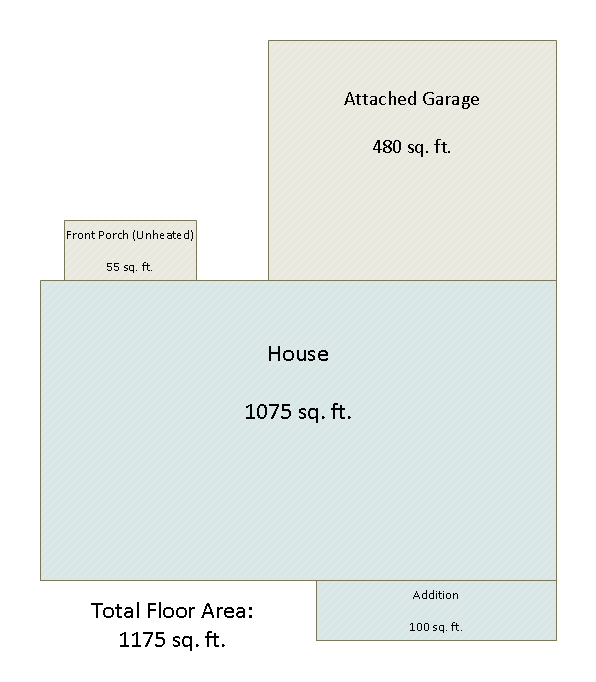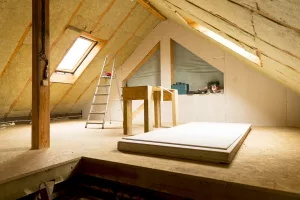What is Total Floor Area?
Total floor area is the square footage (or number of square metres) that is located completely above grade, developed on a permanent foundation, is heated for use in all four seasons and has electrical service.
Jurisdictions other than Edmonton may have different definitions on residential floor area, but they should be similar in that the area must be livable all year round and that it is not below grade (in a basement). This differs from gross floor area, which includes all the internal space, on all grades, within a building.

Real Estate Agent Explains Total Floor Area
So what we have is a rule about counting floor area that never counts things like open decks, balconies, some attics and most definitely basements and levels below grade. What would be included would be things like an enclosed swimming pool, a garage that has been converted to a room or an enclosed and heated porch that has electricity. Basically, the bottom line is that if you can’t live in it, you can’t count it as living space. And all the criteria that the Realtor’s Association of Edmonton (formerly the Edmonton Real Estate Board) uses to determine the total floor area is to prove it is an actual livable space.
Some homes have a disadvantage when counting total floor area. For example, because split-level homes sometimes have more than one level below grade, the total floor area can be quite low, which can affect their value when compared to other styles of homes and can make for some strange price per square foot calculations if not taken into account.
Attached garages should never be included in the total floor area of a house – garages are not living space.
Here is a drawing of a fictional bungalow to show how total floor area would be calculated:

In the above drawing, you can see that there is a 1075 sq-ft house (a bungalow in this case with only one level) with an attached garage, a front porch and a 100 sq ft addition that was added on after the house was built. When talking about total floor area, we can count only the house and the addition – nothing else gets counted. If there is a basement, it doesn’t get included because it’s not above-ground. The front porch in this case is not heated and the garage is not living space, so the total floor area of this house is 1175 sq-ft. Again, basement development does not count in floor area, so even if this bungalow does have a basement, and even if it is heated and developed, it doesn’t count.
An exception to posting floor area above grade only is for condominiums that are completely below grade as in a basement apartment. Those units are completely below grade and so the floor space of the unit is what would be written as total floor area. For example, if a basement apartment condominium was up for sale and the apartment was 776 sq-ft, the total floor area would be 776 sq-ft and not 0 sq-ft – even though the floor area is below grade.
Why Does It Matter?
This rule of counting floor space was made to level the playing field when looking at houses so that comparisons among similar properties could be made. Houses are often pretty easy compare to one another in real life, but if these rules didn’t exist, it would be harder to compare real estate on paper.

